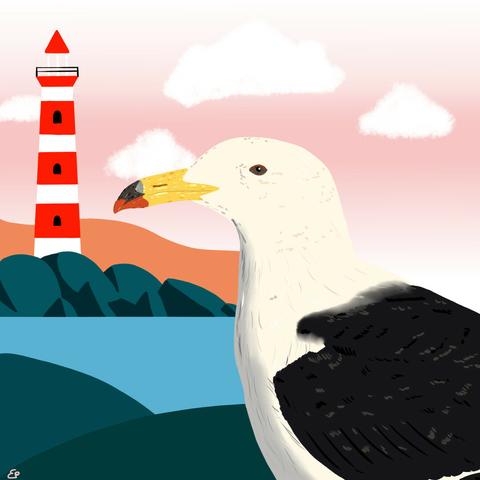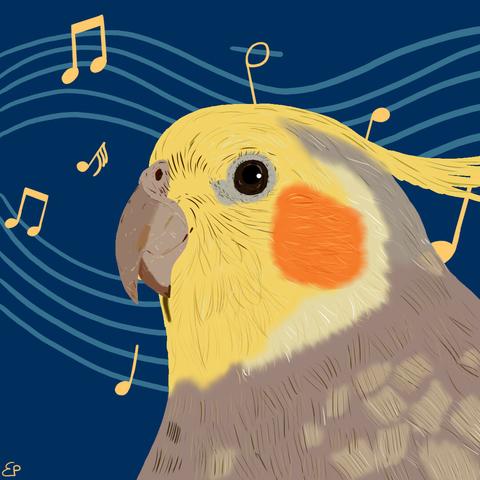FEATHRUARY 2025
Prompt 20: Aquatic
-> Olrog's Gull
It's the last day of #feathruary and you knew my last pick had to be a gull, right?
May I introduce to you: Olrog's gull! It is named after 20th century Swedish ornithologist Claës Christian Olrog who worked in Argentina, where most of the Olrog's gull population lives.
This bird has an oddly specific range: it can be found between 38.49° and 45.11°S, mostly in and around Bahía Blanca, an Argentinian city by the Atlantic.
Unfortunately, Olrog's gulls are classified as "Near Threatened" due to loss of habitat.
FUN FACT
Their name in their native range is "gaviota cangrejera" which translates to crab-eater gull. This is because their main diet consists of three different species of crabs, namely Chasmagnathus granulata, Cyrtograpsus altimanus, and Cyrtograpsus angulatus.
#feathruary #feathruary2025 #bird #birds #birb #birbs #birdart #digitalart #drawing #gull #gulls #seagull #seagulls #olrogsgull
Prompt 20: Aquatic
-> Olrog's Gull
It's the last day of #feathruary and you knew my last pick had to be a gull, right?
May I introduce to you: Olrog's gull! It is named after 20th century Swedish ornithologist Claës Christian Olrog who worked in Argentina, where most of the Olrog's gull population lives.
This bird has an oddly specific range: it can be found between 38.49° and 45.11°S, mostly in and around Bahía Blanca, an Argentinian city by the Atlantic.
Unfortunately, Olrog's gulls are classified as "Near Threatened" due to loss of habitat.
FUN FACT
Their name in their native range is "gaviota cangrejera" which translates to crab-eater gull. This is because their main diet consists of three different species of crabs, namely Chasmagnathus granulata, Cyrtograpsus altimanus, and Cyrtograpsus angulatus.
#feathruary #feathruary2025 #bird #birds #birb #birbs #birdart #digitalart #drawing #gull #gulls #seagull #seagulls #olrogsgull


